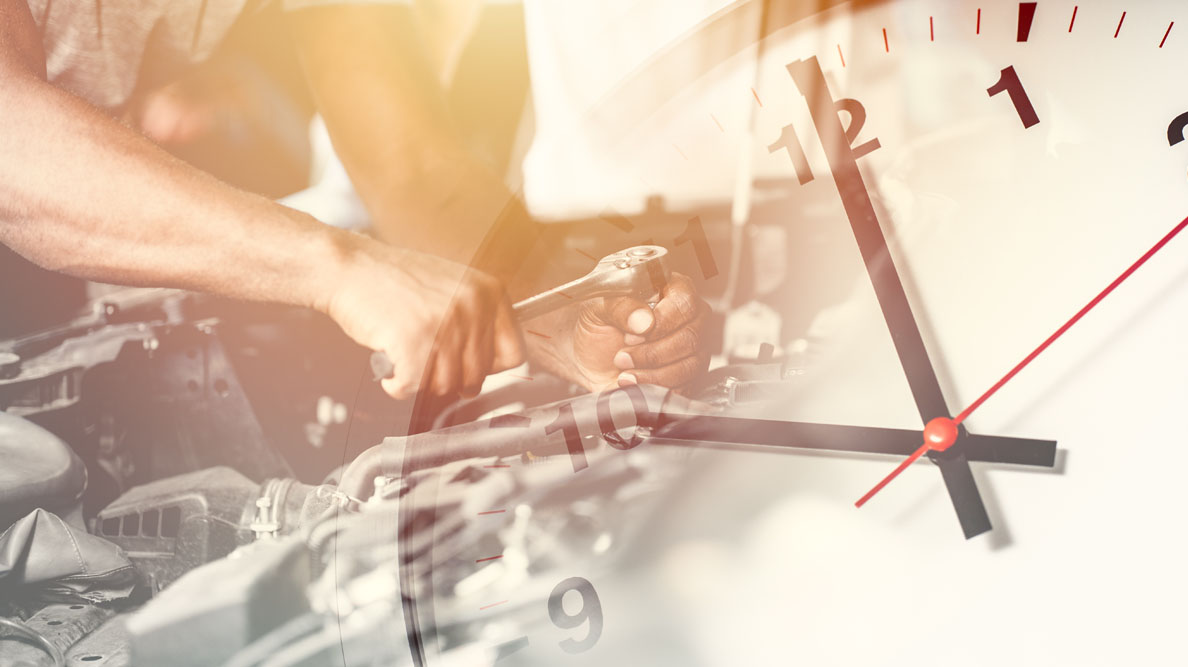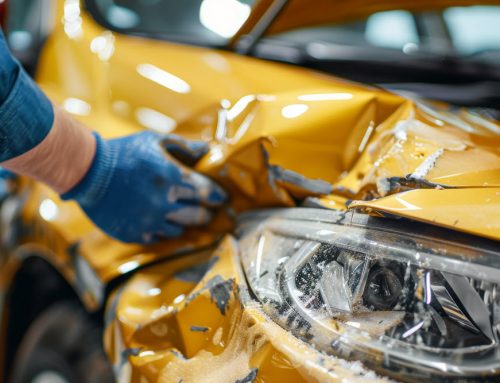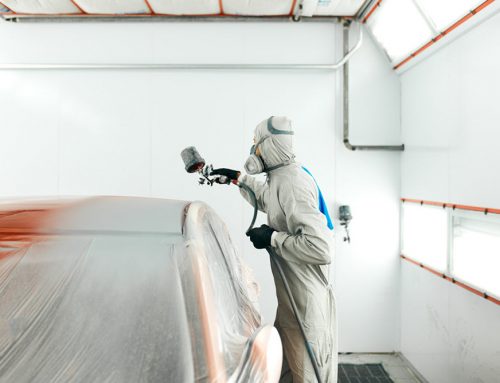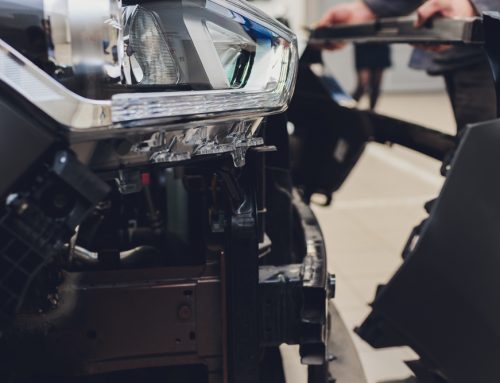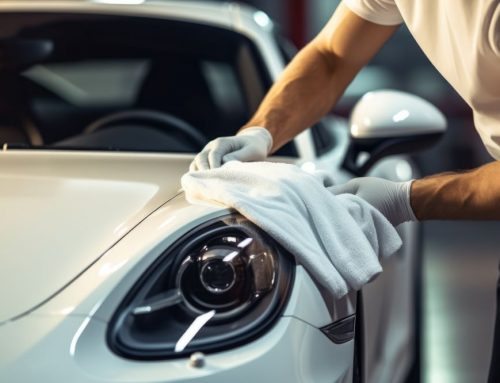When it comes to continuous improvement in collision shops, both experienced professionals and beginners often wonder where to start or what steps to take to optimize their shop. Once key processes, relevant objectives, an effective monitoring system and fluent team communication have been set up, the question arises: how can these solid foundations be transformed into increased productivity and, by extension, improved profitability?
An effective strategy to identify inefficient areas is to focus on wastes. Addressing what wastes time can pave the way to greater efficiency, optimized capacity, improved cycle times and a balanced workflow.
Taiichi Ōno, an emblematic figure of Toyotism and pioneer of the Just-in-Time production method, identifies seven types of wastes that can negatively affect productivity: overproduction, waiting, transportation, poor quality, motion, unprocessed inventory, and inefficient operations.
In our upcoming series of articles, we will address each of these waste areas in detail, with a particular focus on collision shops. Our goal is to identify these wastes and provide some tips on how to reduce them.
This series will be a precious resource for all those seeking to improve productivity and boost their shops to new levels of efficiency.
—
Author: Alexandre Rocheleau
Translation and editing: Krystel Henley-Rocheleau
